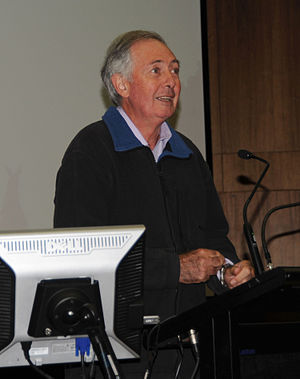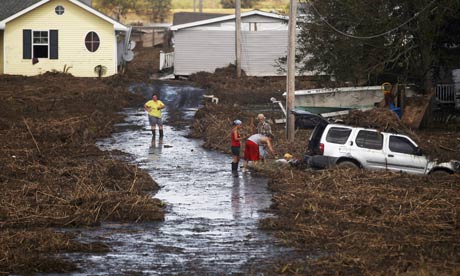 |
| 2009 Black Saturday bushfires (Wikipedia) |
We have unwittingly hardwired a bushfire ignition source throughout our flammable landscapes - powerlines.
Powerlines can fail under any conditions but the risk increases on days of high bushfire risk, which means powerline failures frequently start bushfires.
The problem was clearly identified by the 2009 Black Saturday Victorian Bushfire Royal Commission. The Director of Energy Safe Victoria told the Commission it was “probably self-evident” that there was an increased chance of fires caused by electrical assets on days of extreme fire danger.
The Bushfire Royal Commission found that on 7 February 2009, electrical faults caused five of the 11 major fires.
This significant risk led the Royal Commission to make a number of recommendations. These are now being acted on as part of the Victorian Government’s Powerline Bushfire Safety Program. More than $750 million is being invested in new safety measures for Victoria’s electricity grid. Changes include improved maintenance of existing infrastructure and roll out of technology to target high risk areas.
This requires approximately $500 million in improvements to protection and controls on Victoria’s electricity network. These “will be funded by electricity distributors and will be recovered at a modest increase in power bills to customers.” The Victorian Government will “provide up to $200 million for the replacement of powerlines in areas of highest bushfire risk over the next eight years”.
There will be an additional $40 million Safer Electricity Assets Fund “to address equity and financial hardship issues associated with bushfire mitigation”. Ten million dollars will be provided “to fund research to improve the cost effectiveness of bushfire mitigation”.
A key change in existing infrastructure is the modification of automatic circuit breakers. The current generation of circuit breakers has been shown to cause bushfires by sparking when attempting to reconnect power. However modifications to remedy this fault may result in blackouts on days of high bushfire risk.
Bushfire ignition by power line faults has a serious legal dimension. Powercor paid Horsham residents and businesses $40 million to settle a class action after the Black Saturday bushfires.
The electricity provider SP AusNet paid $19.7 million to settle a class action over the Beechworth fire that also occurred on Black Saturday. The company is contesting other class actions relating to other Black Saturday bushfires, all allegedly caused by electrical faults.
To read further, go to: http://theconversation.edu.au/hot-issue-bushfires-powerlines-and-climate-change-9383?utm_medium=email&utm_campaign=Latest+from+The+Conversation+for+28+September+2012&utm_content=Latest+from+The+Conversation+for+28+September+2012+CID_520d73d31187ad369db5fe46f1f171e6&utm_source=campaign_monitor&utm_term=Hot%20issue%20-%20bushfires%20powerlines%20and%20climate%20change











